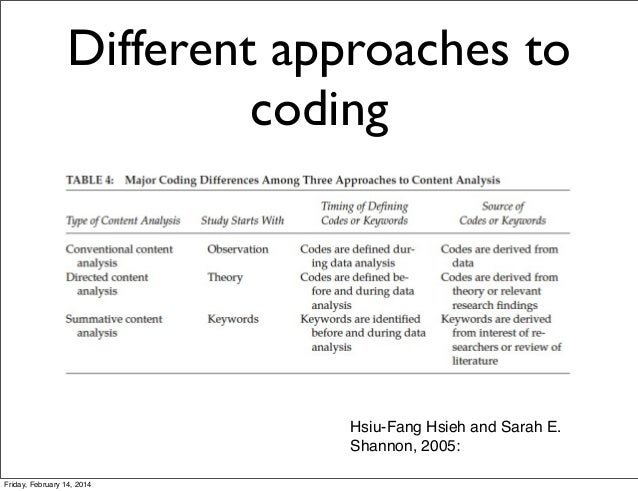
#Codebook thematic analysis code#
A code is something used to simply organize and sort your data, in order to make sense of it and decide what it tells you about your research questions.
#Codebook thematic analysis software#
Thus, themes are usually the theoretical concepts that you would “present to the public”, and codes are your tools for finding these themes in NVivo or other data analysis software If you think about it, you don’t usually see people talking about their “codes” when discussing the final findings (unless they specifically refer to the process of data analysis, rather than to the findings in general). A code is something that you use in the software, and a theme is something that “makes it” to your writing (a thesis, an article, etc.).I usually provide the following criteria for defining codes & themes, as well as explaining the difference between them: However, as I frequently stress, in practice there is nothing complex about the concept of a theme. There seem to be as many definitions and guidelines as there are books on this topic. I know that the question of what exactly is a theme, as well as what is the difference between a code and a theme, is not an easy one to answer. The approach described within this article builds on, and enhances, current accepted models.In the first video of this series, I explained how and when a code becomes a theme. This process will assist practitioners to be confident that the knowledge and claims contained within research are transferable to their practice. The detailed description of the methods used supports attempts to utilise the thematic analysis process and to determine rigour to support the establishment of credibility. Results and conclusions This article is aimed at researchers and doctoral students new to thematic analysis by describing a framework to assist their processes. This design consisted of three distinct phases: quantitative, qualitative and implementation phases. This analysis formed part of a mixed methods multiphase design research project, with both qualitative and quantitative inquiry and involving the convergence of data and analyses. Methods This article details the codebook development which contributed to thematic analysis of qualitative data.


However, a well described qualitative methodology could demonstrate and ensure the same effect. Rigour in quantitative research is often determined through detailed explanation allowing replication, but the ability to replicate is often not considered appropriate in qualitative research. As one of research’s aims is to determine the relationship between knowledge and practice through the demonstration of rigour, more detailed descriptions of methods could prove useful. While qualitative research methodologies are now mature, there often remains a lack of fine detail in their description both at submitted peer reviewed article level and in textbooks. This is compounded by the fact that detailed descriptions of methods are often omitted from qualitative discussions. Abstract Background Navigating the world of qualitative thematic analysis can be challenging.


 0 kommentar(er)
0 kommentar(er)
